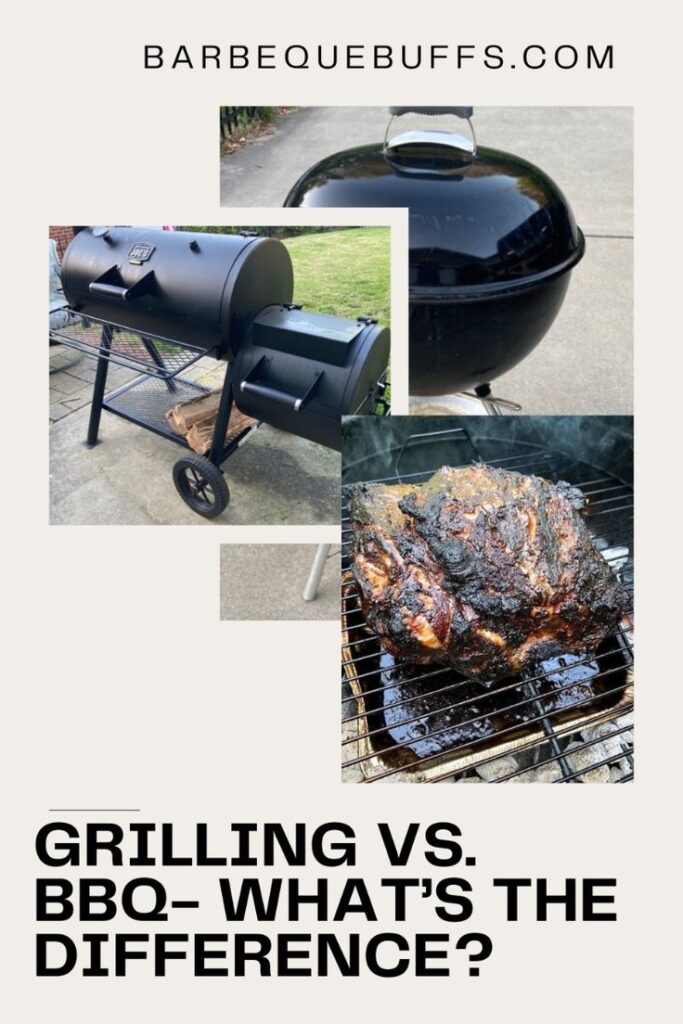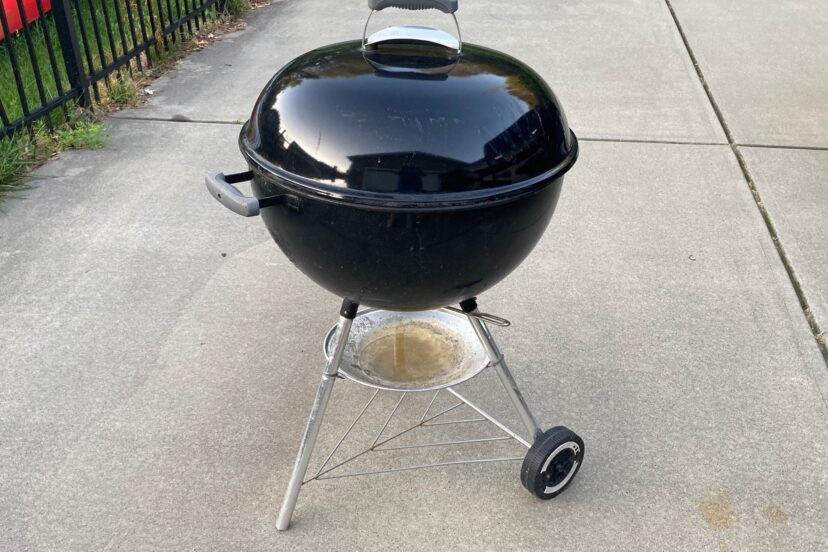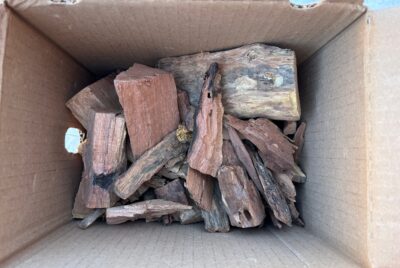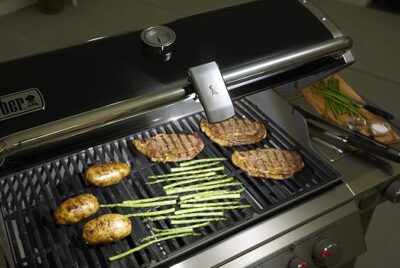Outdoor Cooker: Grilling vs. Barbeque- What’s The Difference?
Hey there, fellow Barbeque Buff! Today, we’re diving into one of the most hotly debated topics in the world of outdoor cooking: the difference between grilling and barbecuing. Whether you’re a seasoned pit-master or just getting started, understanding these two cooking methods can take your culinary skills to the next level. Let’s break down what makes grilling and barbequing unique, and why you might choose one over the other for your next cookout.
Full disclosure- I am a SOUTHERNER by birth, outdoor cooker by the grace of God. However, I used to live in NYC. It was VERY difficult for me to wrap my head around the idea that folks did not know the difference in these two things. Many times, the two terms were used interchangeably and I had to threaten these people!
Understanding Grilling
What is Grilling?
From an outdoor cooker perspective, grilling is a fast, high-heat cooking method where food is cooked directly over an open flame. It’s perfect for those quick, weeknight dinners or spontaneous summer cookouts. The high temperatures (usually between 400-550°F) give your food a nice sear, locking in juices and creating those beautiful grill marks we all love.
Types of Grills
When it comes to grilling, the type of grill you use can make a big difference in your cooking experience. Here are the three main types:
- Gas Grills- Gas grills are incredibly popular due to their convenience. They heat up quickly, are easy to control, and can maintain a consistent temperature. Plus, you don’t have to deal with the mess of charcoal. They’re great for quick meals and for those who enjoy a fuss-free cooking experience.
- Charcoal Grills- Charcoal grills are the go-to for many grilling purists. They use charcoal briquettes or lump charcoal to create high, direct heat. While they take longer to heat up and require more cleanup, the smoky flavor they impart on food is unmatched. If you love that authentic grilled taste, charcoal is the way to go.
- Electric Grills- Electric grills are perfect for those who live in apartments or places where open flames aren’t allowed. They’re convenient, easy to use, and produce less smoke. While they might not give you that smoky flavor charcoal grills offer, they’re a great option for indoor grilling. Think… George Foreman.
Techniques of Grilling
Grilling isn’t just about slapping a steak on the grill. There are several techniques to master, such as direct grilling, indirect grilling, and using different heat zones to cook your food to perfection.
Common Grilled Foods
Typical foods that are great for grilling include steaks, burgers, hot dogs, chicken breasts, fish, and vegetables. These foods cook quickly and benefit from the high heat and sear of the grill.
Understanding Barbecuing
What is Barbequing?
Barbecuing is a slower, low-heat cooking method where food is cooked indirectly, often with the addition of smoke for flavor. The temperatures are much lower than grilling, usually between 200-300°F, and the cooking times are significantly longer, often several hours. This method is all about patience and developing deep, rich flavors.
Types of Barbeques
Barbecuing also involves different types of equipment, each lending unique characteristics to the cooking process.
- Offset smokers are the traditional barbecue setups with a firebox attached to the side of the cooking chamber. They use wood or charcoal to generate smoke and indirect heat. They require more skill and attention but produce incredible, authentic barbecue flavors.
- Pellet Smokers– Pellet smokers use wood pellets as fuel and are known for their ease of use and consistency. They have electronic controls to maintain the temperature, making them a great choice for those who want to enjoy barbecue without constant monitoring.
- Kamado Grills– Kamado grills, like the popular Big Green Egg, are versatile cookers made of ceramic. They can grill, smoke, and even bake, holding heat exceptionally well and allowing for precise temperature control.
Techniques of Barbecuing
Barbecuing techniques include smoking, slow cooking, and maintaining a consistent low temperature for extended periods. Mastering these techniques is key to achieving that fall-off-the-bone tenderness in meats like ribs, brisket, and pulled pork.
Common Barbecued Foods
Barbecue is synonymous with slow-cooked meats like ribs, brisket, pulled pork, and whole chickens. These cuts benefit from the long cooking times and the smoky, infused flavors.
Key Differences Between Grilling and Barbecuing
- Cooking Time- Grilling is all about speed. Most foods cook in under 30 minutes, making it perfect for quick meals. Barbecuing, on the other hand, is a labor of love, often taking several hours to achieve the desired results.
- Cooking Temperature– Grilling uses high heat, typically 400-550°F, for direct, fast cooking. Barbecuing uses low, indirect heat, usually between 200-300°F, allowing for slow, even cooking.
- Flavor Profiles- Grilled foods have a distinct charred, smoky flavor from the high heat and direct contact with flames. Barbecued foods are deeply flavored, with smoke permeating the meat over a long period, resulting in rich, complex flavors.
- Equipment and Tools- Grilling requires a grill, either gas, charcoal, or electric, and basic tools like tongs and a spatula. Barbecuing requires more specialized equipment like smokers, thermometers, and wood chips or chunks for smoking.
Tips for Successful Grilling and Barbecuing
Grilling Tips
- Preheat your grill to ensure even cooking.
- Oil the grates to prevent sticking.
- Keep a close eye on your food to avoid burning.
- Use a meat thermometer for doneness- but you will eventually get to the point of being able to “eyeball” it.
Barbecuing Tips
- Be patient and plan for longer cooking times.
- Maintain a consistent temperature in your smoker.
- Use a water pan to keep the meat moist.
- Experiment with different wood types for varied smoke flavors. To me, this is what being an outdoor cooker is all about.
Finally
Whether you’re grilling a quick weeknight meal or barbecuing a feast for a weekend gathering, understanding the differences between these two methods can help you choose the right technique for the job. As an outdoor cooker remember: grilling is all about speed and searing, while barbecuing is a slow, smoky journey to tender, flavorful food. Both have their unique charms and challenges, and mastering each will make you a true outdoor cooking aficionado.
And, as always, please follow all safety recommendations!
FAQs
What’s the best grill for a beginner?
For beginners, I recommend a gas grill. It’s easy to use, heats up quickly, and offers great control over cooking temperatures. If you want to go one step further- go charcoal and the resulting product is better.
Can I barbecue on a gas grill?
Yes, you can! While gas grills are traditionally used for grilling, you can set up indirect heat and use wood chips (see above for link) to mimic the low-and-slow barbecue method. You can also use an egg (kamado grill)- those usually work very well for barbequing.
What’s the best way to clean a grill?
The best way to clean a grill is to preheat it and then use a grill brush to scrape off any food residue. For a deeper clean, remove the grates and soak them in soapy water, then scrub and rinse thoroughly. Follow more tips here.





